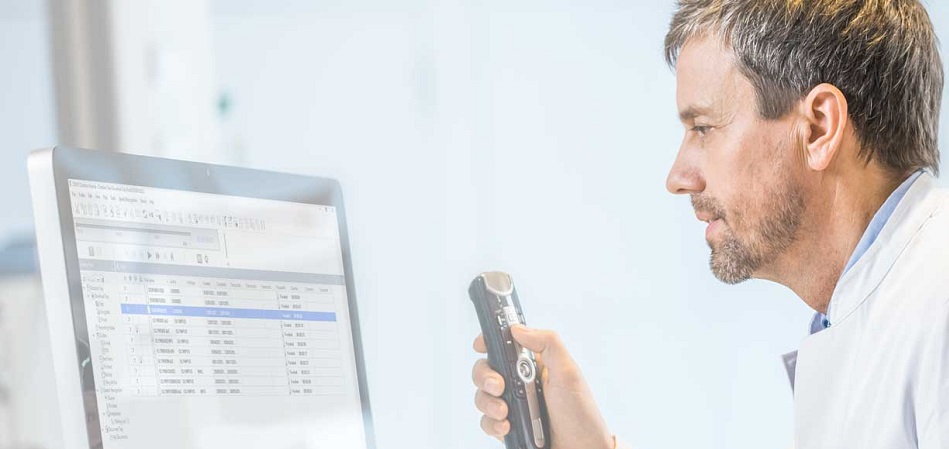In this brief overview, we run through several use-cases for voice recognition software in the healthcare industry. Voice recognition software, built on natural language processing (NLP) algorithms, primarily finds a home in the doctor’s office. Physicians use it to dictate their notes into their healthcare network’s system or update patient electronic medical records (EMR).
This article details the medical transcription use-case and provides business leaders in healthcare with reasonable expectations for adopting artificial intelligence solutions like voice recognition software in their industry. We also highlight Nuance Communications’ EMR Transcription Application as a good example of voice recognition software in the healthcare industry.
Adopting Voice Recognition Software in Healthcare Networks
Building voice recognition software for medical transcription is no easy feat. Although consumer applications like Amazon Alexa are well-equipped to pick up on the kinds of words people use in their day to day lives, virtual assistants in the medical profession need to “understand” very specific domain language that can vary by department.
A dermatologist is going to use many different words than an orthopedic surgeon when dictating their notes, and any useful voice recognition software a healthcare company builds will need to be trained differently depending on the department for which it is intended.
As a result, healthcare networks will likely need to instruct their physicians to begin recording their notes as audio files before they manually type them into the network’s system. Over time, this will generate a backlog of audio notes that can then be fed into a natural language processing algorithm.
The algorithm would transcribe the words in these notes into digital text, and subject-matter experts (likely physicians themselves) would then correct the transcription as it inevitably messes up domain language specific to their department.
Over time, this would train the algorithm to correlate the spoken domain language with the domain language as transcribed into digital text, resulting in a functioning medical transcription software a medical specialist could use to take notes and update patient records.
Naturally, this is a long process that requires physicians to change their workflows to accommodate for recording their notes with their voice. Many physicians will push back on this or outright forget to do it, which will increase the software’s production time.
Data scientists can’t build the algorithm without the data, but unless physicians see how a voice recognition software will benefit them down the line, they’re unlikely to easily change their work habits to make a Head of Innovation or Data Science they never interact with happy. This is just one of the reasons why large enterprises struggle to adopt artificial intelligence.
Nuance Communications: Dragon Medical One
Nuance Communications offers a voice recognition software for healthcare called Dragon Medical One. The company claims Dragon Medical One is able to transfer speech into text while a doctor speaks into an equipped microphone. This way, the doctor can dictate their EMR notes into the system while conducting an appointment.
Below is a short demonstrative video showing how Nuance’s Dragon Medical One software works:
Nuance lists a case study on their website in which they claim to have helped Allina Health drive clinical documentation and facilitate the EMR experience for their staff. Allina Health purportedly integrated Dragon Medical One into its EMR creation workflow, which gave their doctors access to the application at will.
This relieved doctors from needing to transcribe all of their audio notes from their existing EMR recorder. The case study states that after adopting Dragon Medical One, Allina Health observed that 70% of their voice-based documentation was automated. Additionally, they saw a 167% increase in the total amount of documentation captured.
Header Image Credit: Olympus American Medical Speech




















